
Deutsch-Chinesische Enzyklopädie, 德汉百科
 North Rhine-Westphalia
North Rhine-Westphalia
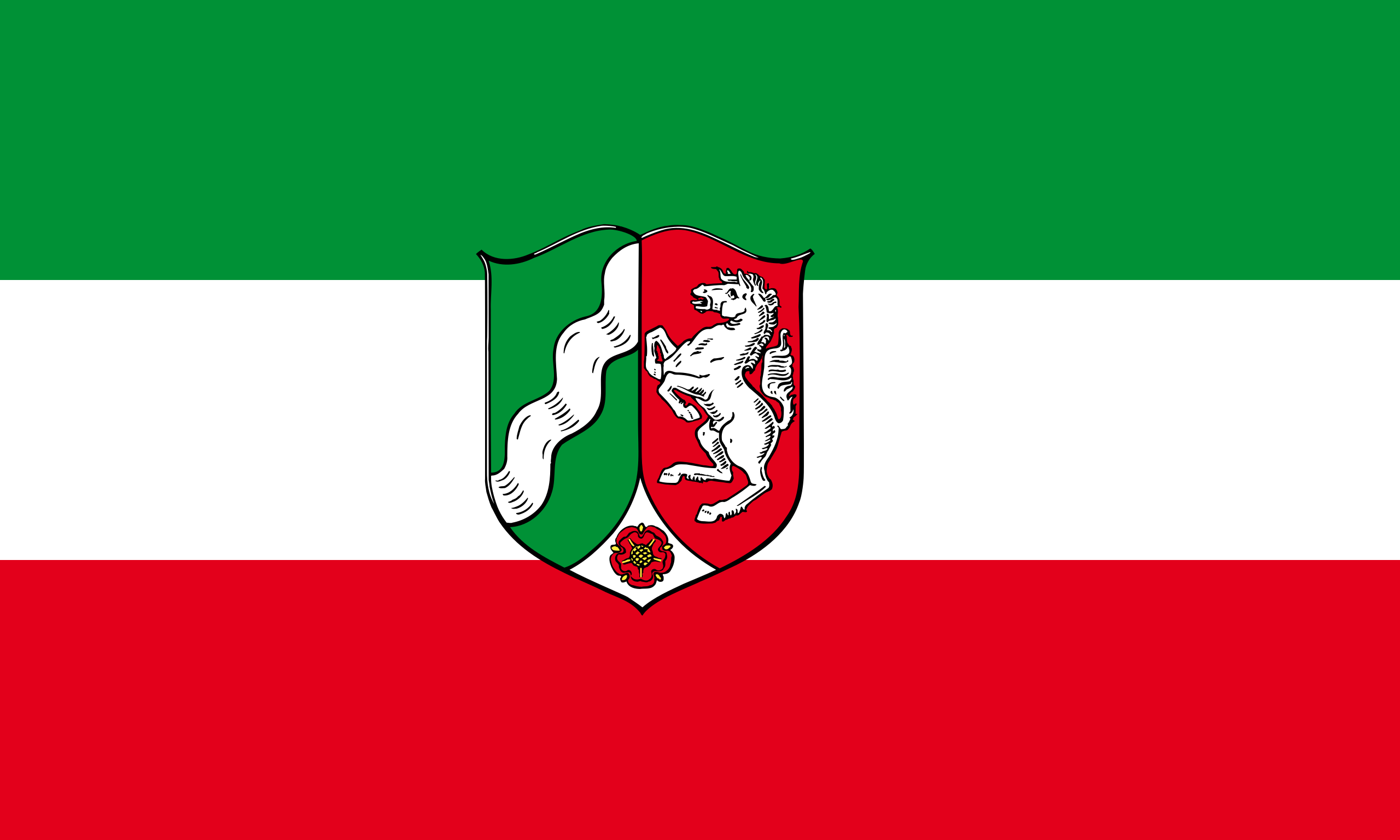


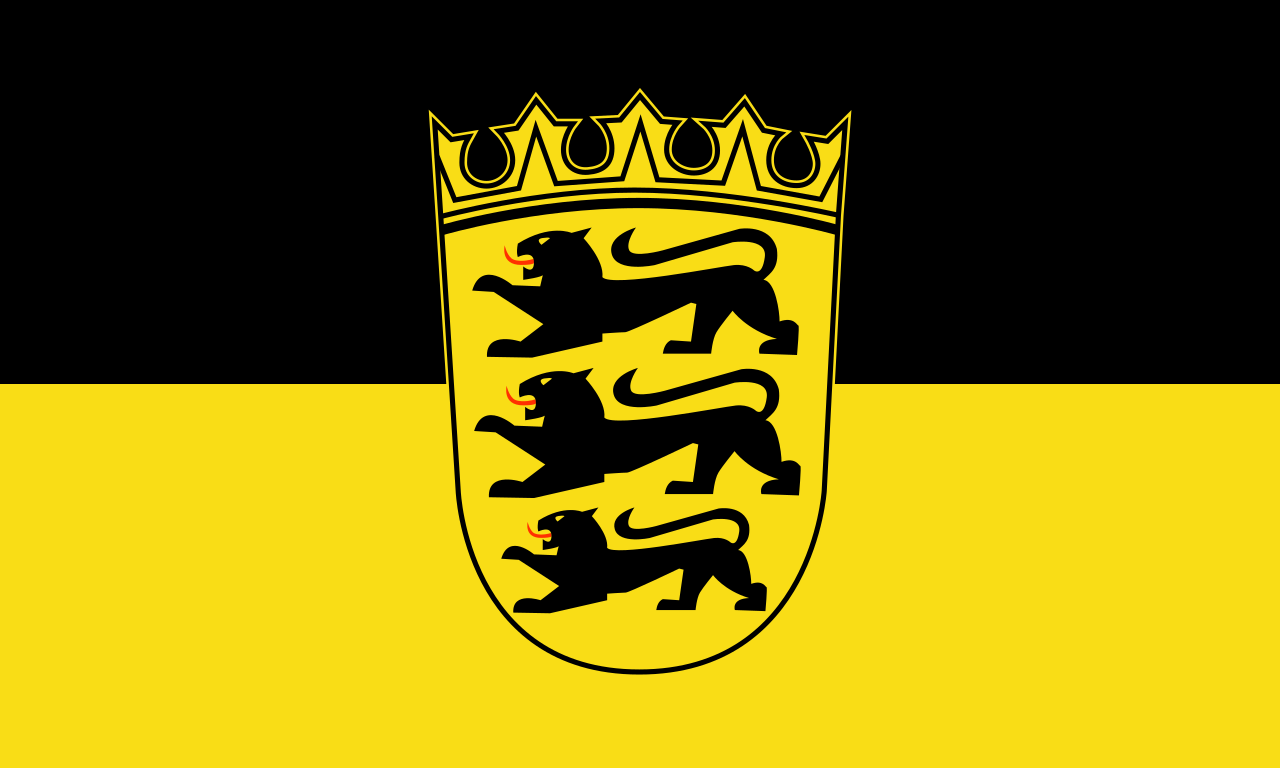 Baden-Wuerttemberg
Baden-Wuerttemberg

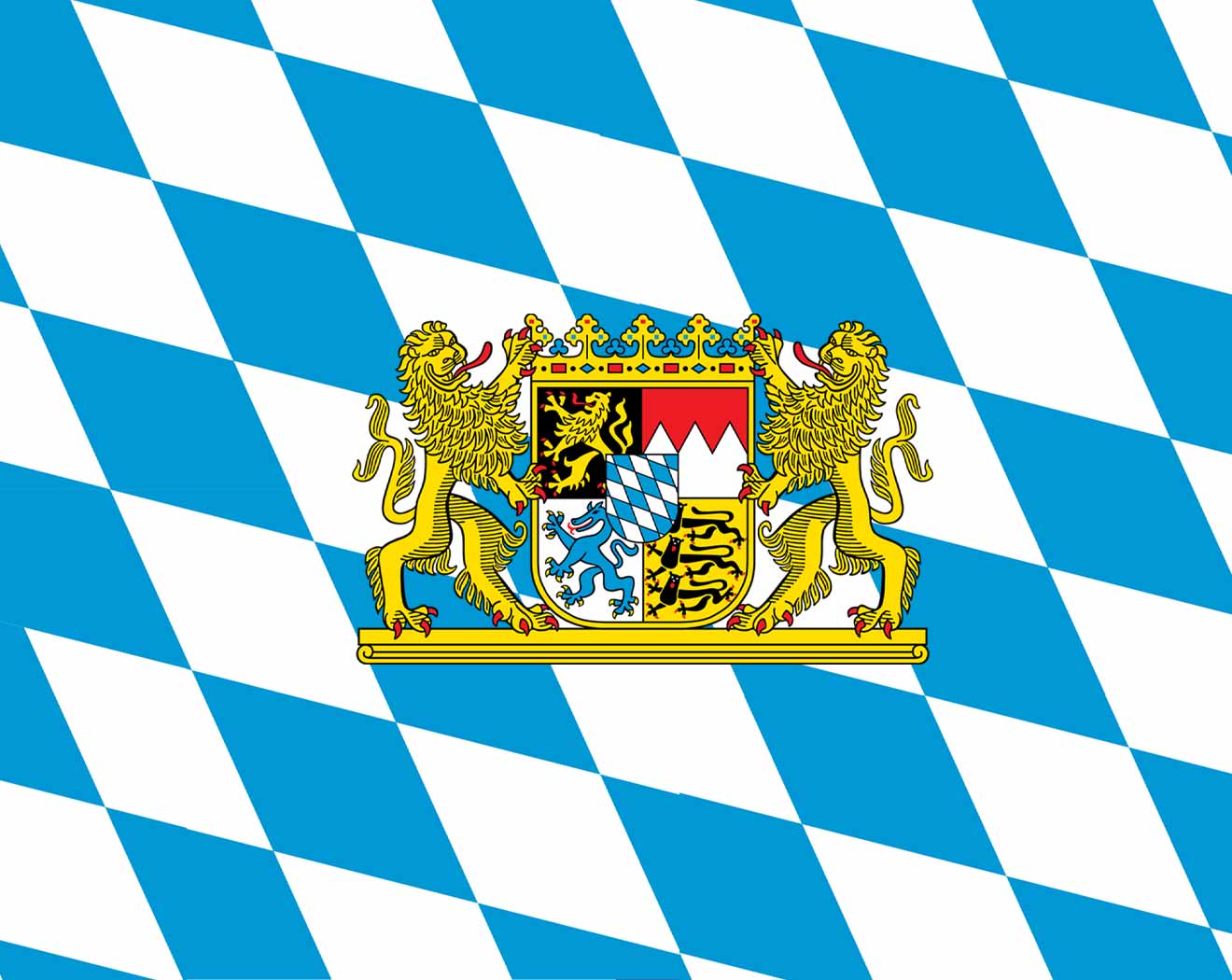 Bavaria
Bavaria

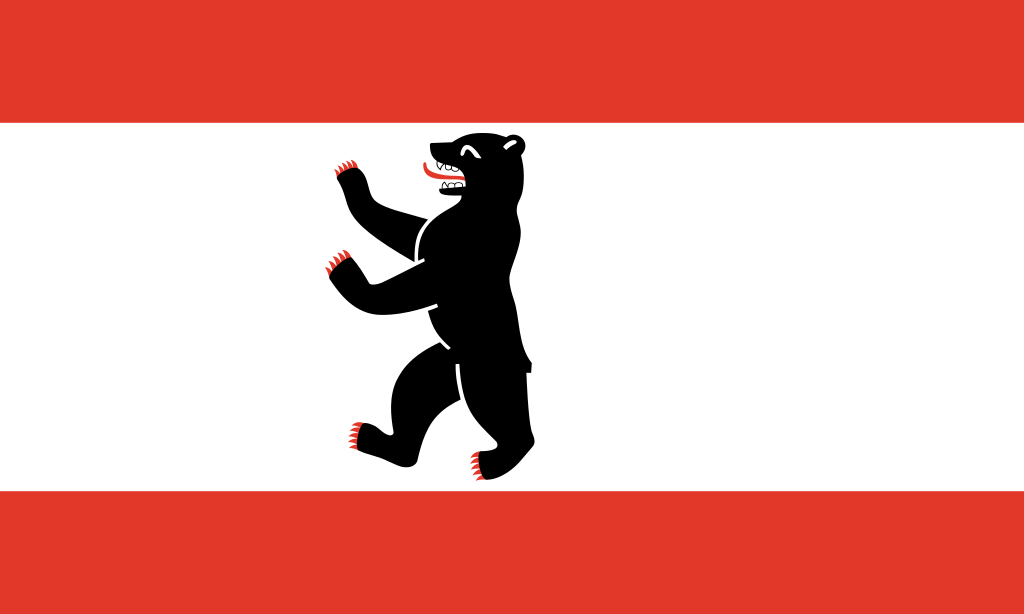 Berlin
Berlin

 Education and Research
Education and Research

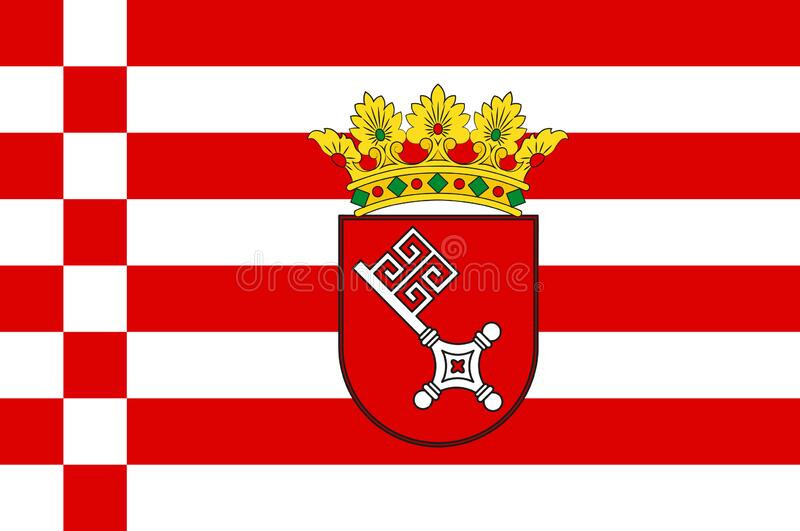 Bremen
Bremen
 Germany
Germany

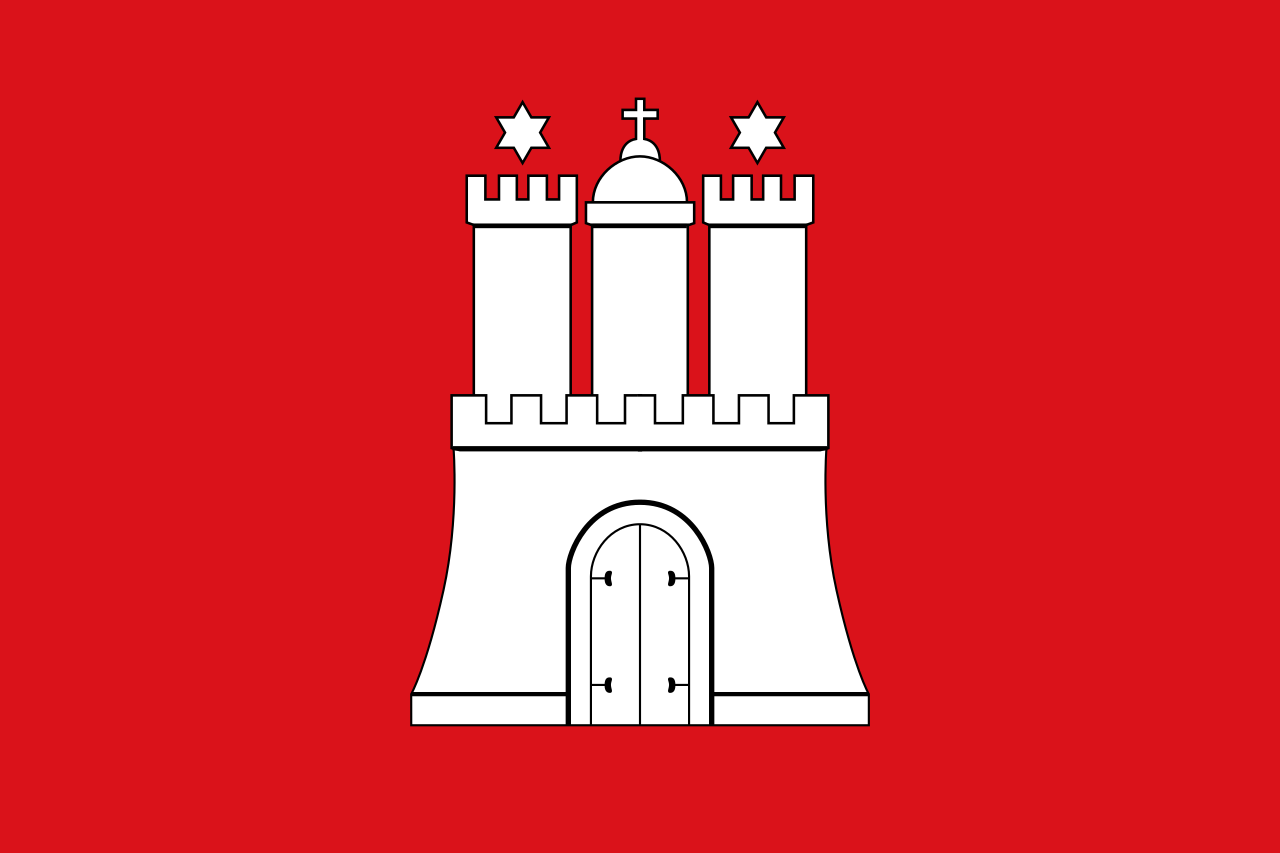 Hamburg
Hamburg
 Helmholtz-Gemeinschaft Deutscher Forschungszentren
Helmholtz-Gemeinschaft Deutscher Forschungszentren
 Deutsches Zentrum für Luft- und Raumfahrt,DLR
Deutsches Zentrum für Luft- und Raumfahrt,DLR

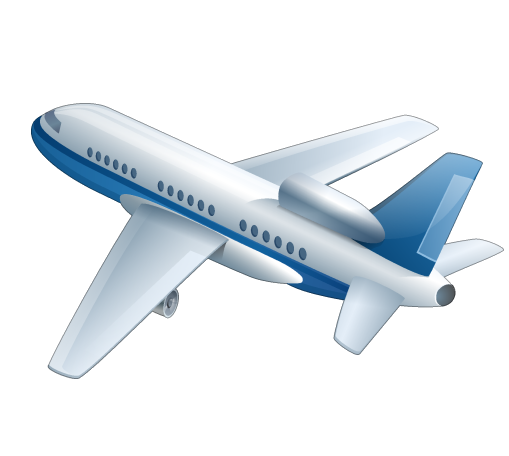

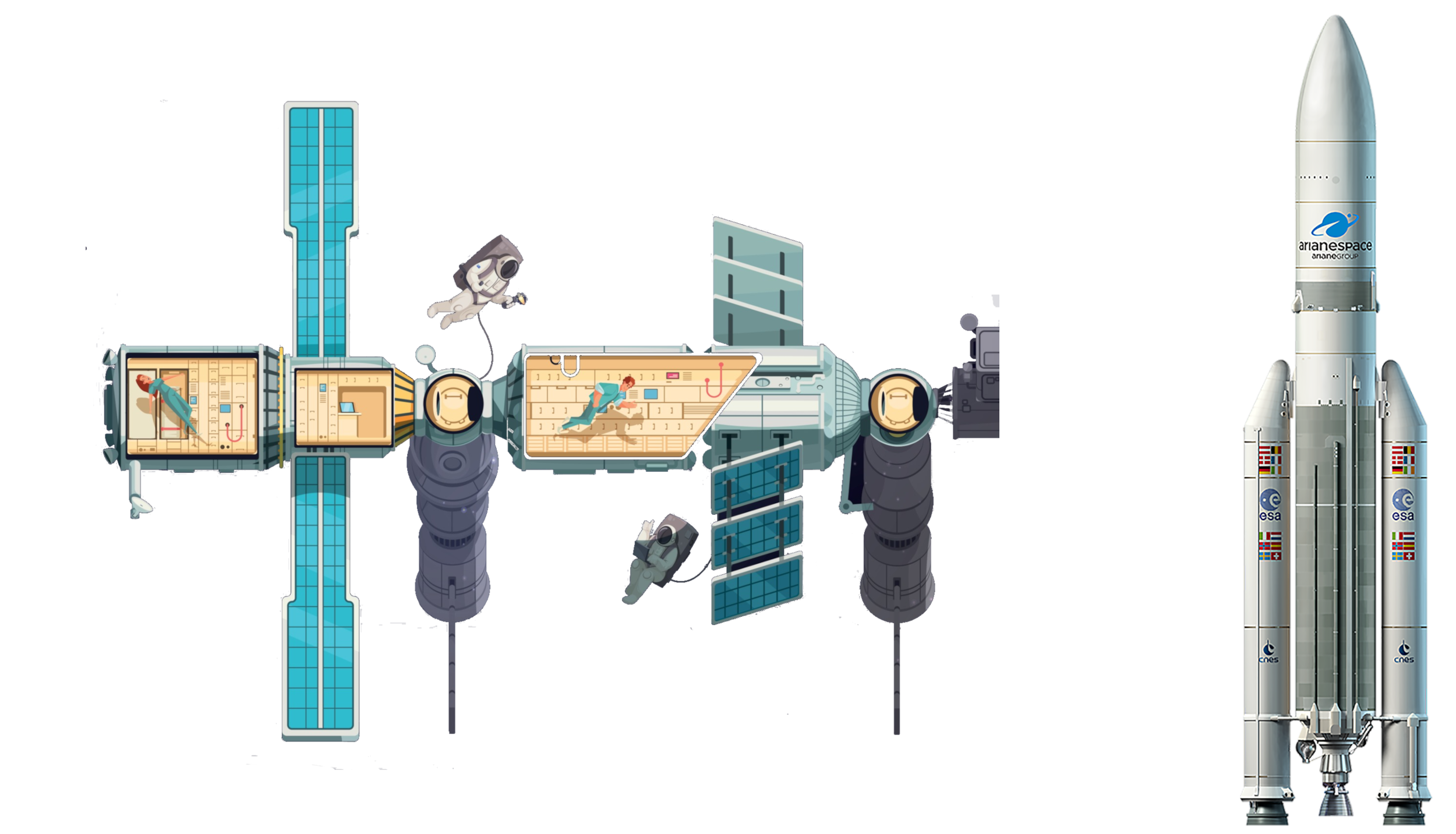 Aerospace
Aerospace
 *ESA
*ESA



 Aerospace
Aerospace
 Artemis program
Artemis program

 Mecklenburg-Vorpommern
Mecklenburg-Vorpommern

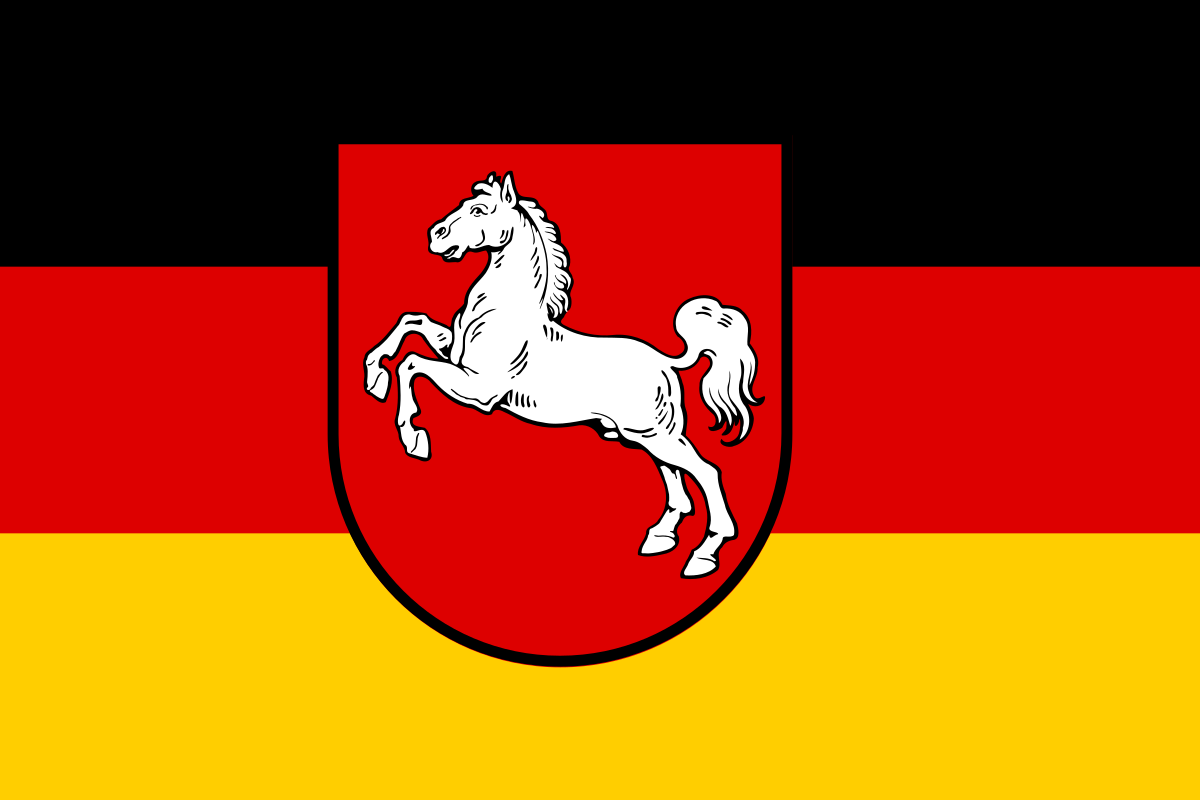 Lower Saxony
Lower Saxony

 North Rhine-Westphalia
North Rhine-Westphalia

 Science and technology
Science and technology
 *World famous research institutions
*World famous research institutions

Das Deutsche Zentrum für Luft- und Raumfahrt e. V. (DLR) ist das Forschungszentrum der Bundesrepublik Deutschland für Luft- und Raumfahrt sowie Energie, Verkehr, Digitalisierung und Sicherheit im Bereich der angewandten Wissenschaften und der Grundlagenforschung.[3] Es hat seinen Hauptsitz in Köln und ist an weiteren 30 Standorten in Deutschland und 4 Geschäftsstellen im Ausland vertreten.[4] Bei seinen Forschungs- und Entwicklungsarbeiten kooperiert das DLR weltweit mit anderen Forschungseinrichtungen und der Industrie.
德国航空航天中心(德语:Deutsches Zentrum für Luft- und Raumfahrt e.V.,缩写:DLR),又译德国宇航院[2],是德国的国家级航天、能源与交通运输研究机构,总部设在科隆,并且设有多座分支机构。德国航空航天中心和许多国内或者国际的单位合作从事广泛的研究,主要任务是地球与太阳系探索,以及开发保护环境的科技、通讯、交通运输与能源。
 Germany
Germany
 Helmholtz-Gemeinschaft Deutscher Forschungszentren
Helmholtz-Gemeinschaft Deutscher Forschungszentren
 Deutsches Zentrum für Neurodegenerative Erkrankungen e.V.,DZNE
Deutsches Zentrum für Neurodegenerative Erkrankungen e.V.,DZNE

 North Rhine-Westphalia
North Rhine-Westphalia

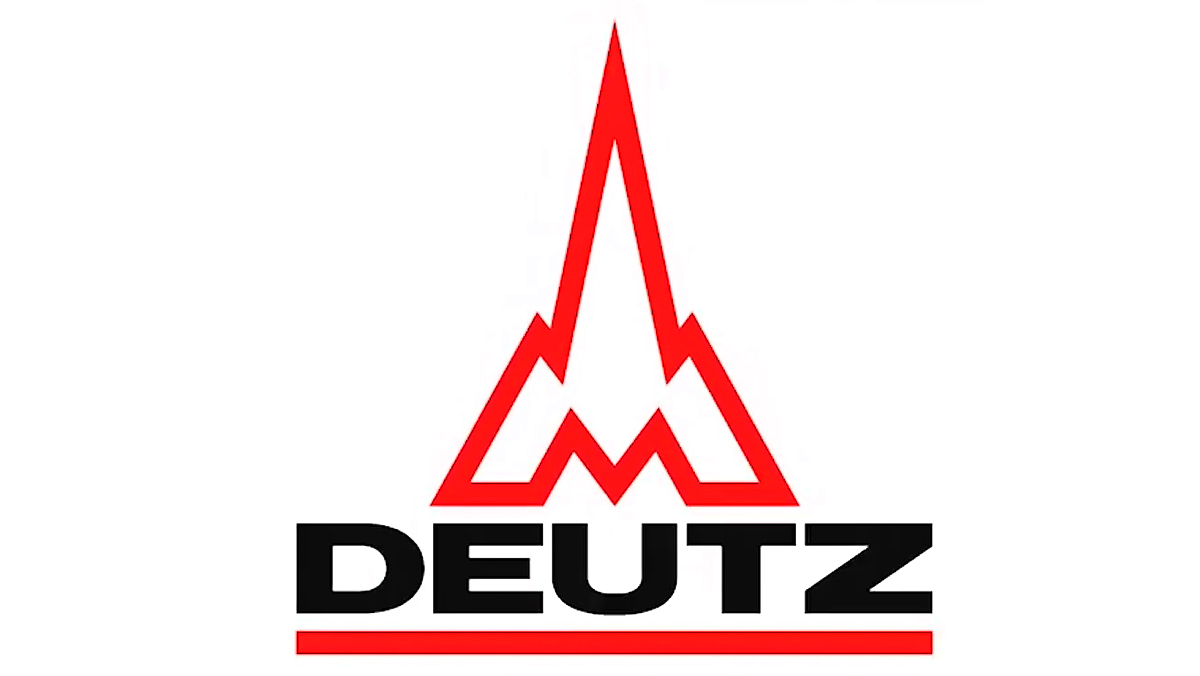

 Agriculture, forestry, livestock, fishing
Agriculture, forestry, livestock, fishing

 North Rhine-Westphalia
North Rhine-Westphalia

 Companies
Companies
 Germany, Austria, Switzerland
Germany, Austria, Switzerland

 737 Classic
737 Classic
 737-400SF
737-400SF
 Airbus A300
Airbus A300
 A300-600RF
A300-600RF
 ATR
ATR
 42-300F
42-300F
 Boeing 727
Boeing 727
 Boeing 727-200F
Boeing 727-200F
 Boeing 737
Boeing 737
 737 Classic
737 Classic
 Boeing 747
Boeing 747
 747-400
747-400
 Boeing 747
Boeing 747
 747-400
747-400
 Boeing 747
Boeing 747
 747-8F
747-8F
 Boeing 757
Boeing 757
 Boeing 757-200F
Boeing 757-200F
 Boeing 767
Boeing 767
 Boeing 767-200F
Boeing 767-200F
 Boeing 767
Boeing 767
 Boeing 767-200SF
Boeing 767-200SF
 Boeing 767
Boeing 767
 Boeing 767-300ERF
Boeing 767-300ERF
 Boeing 777
Boeing 777
 777F
777F
 Germany
Germany
 McDonnell Douglas
McDonnell Douglas
 MD-11F
MD-11F

 North Rhine-Westphalia
North Rhine-Westphalia

 Companies
Companies
 Germany, Austria, Switzerland
Germany, Austria, Switzerland
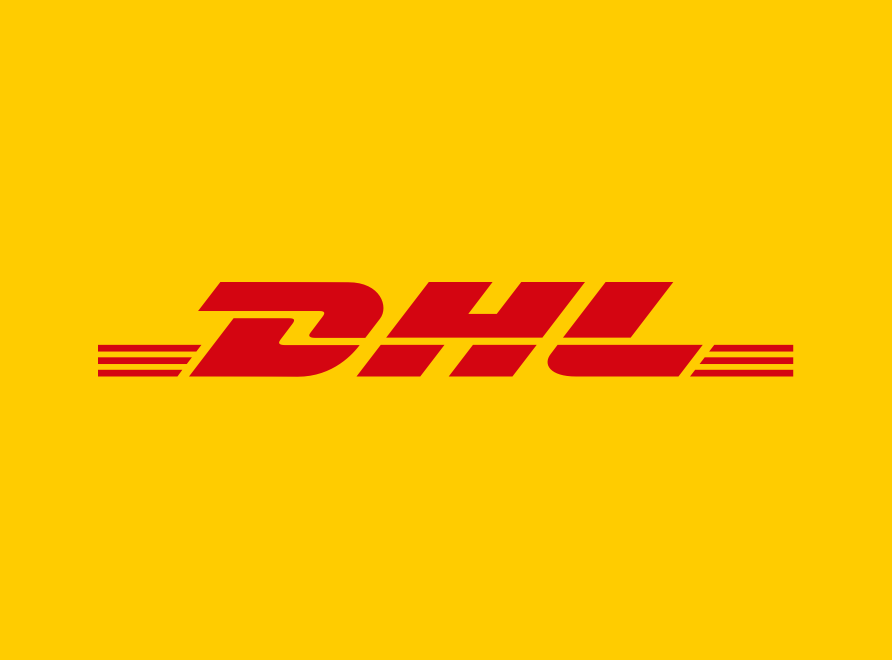

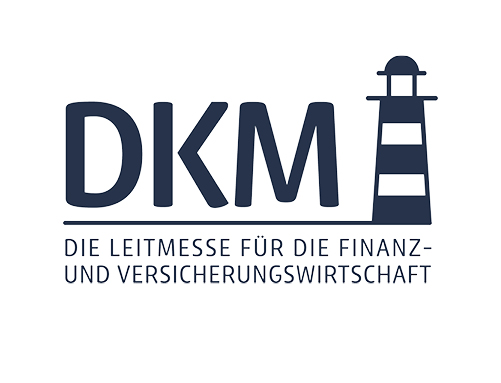

 Germany
Germany
 FIFA Fussball-Weltmeisterschaft 2006
FIFA Fussball-Weltmeisterschaft 2006

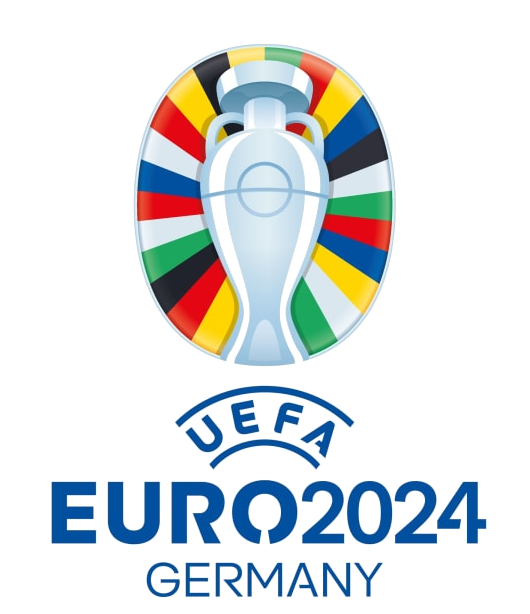 UEFA European Championship 2024
UEFA European Championship 2024
 Hansestadt
Hansestadt

 North Rhine-Westphalia
North Rhine-Westphalia

 Vacation and Travel
Vacation and Travel

多特蒙德位于莱茵河支流埃姆施尔河畔,面积280平方公里,人口60万。它是鲁尔区东部的经济文化中心。多特蒙德最早在公元855年前后见于记载。它 原是查理大帝的皇家要塞及莱茵河与威悉河之间的商路要站。10到13世纪,曾在这里举行过好几次帝国会议。1220年,多特蒙德成为帝国自由市,后来又加 入汉萨同盟。14世纪是它极为繁荣的黄金时代,据说英王爱德华三世为了向多特蒙德富商借债,竟以王冠作抵押,由此可见该市商业势力之一斑。但由于三十年战 争的惨烈破坏,多特蒙德一蹶不振,直到1815年并入普鲁士时,还只是一个4000人口的区区小镇。自19世纪30年代起,随着工业化的勃兴,多特蒙德以 地下有煤的优势,重振雄风,发展为煤钢基地、啤酒酿造中心和水陆交通枢纽。第二次世界大战中,它的旧城区几乎全部被摧毁,战后才得以重建。 古城新貌多特蒙德在战后修复了不少古建筑,同时又进行了现代化建设。在椭圆形的老城里,既有莱诺尔德、马利亚等4座中世纪大教堂雄峙,又有图书馆大楼和市 政大厦等现代化建筑高耸。新老建筑交相辉映,古城新貌,市景诱人。多特蒙德近一半土地由草坪、公园、森林和农业用地覆盖,到处是成行的树木,如茵地芳草。 在这里,曾两次举办“联邦花园展览”,故多特蒙德有“花园城市”之称。全市最美的公园要数南郊的威斯特法伦公园。它占地70公顷,内有220米高的电视塔 和拥有 1600个品种的玫瑰园。市郊南端的霍赫绥堡(Hohensyburg)也是风景佳丽的名胜。从鲁尔河谷拔地而起的青山上,留存着中古骑士城堡的遗址,供 人凭吊。山顶远眺,更有无限风光,使人留连忘返。 体育设施多特蒙德又是一个举世闻名的体育活动中心。第25届(1959)和第41届(1991)世界乒乓球锦标赛以及1974年的世界杯足球赛等许多国际 大赛都在这里举行。多特蒙德拥有威斯特法伦馆,容纳5万观众的威斯特法伦体育场,“红地”(Rote Erde)田径运动场和室内田径馆等近百处体育设施。威斯特法伦馆(West-falenhalle)建于1952年,高22米,为钢架与玻璃构成的圆形 建筑物。它可容纳2.2万名观众,是欧洲最大的体育馆之一。当年,容国团就是在这里力挫群雄,一举夺魁的。这座大型多功能体育馆也用于开会和演出。 啤酒酿造博物馆多特蒙德的啤酒酿造业源远流长,富于传统。早在1293年,国王阿道尔夫就授予多特蒙德酿造啤酒的特权。今天该市拥有6家大啤酒厂,年产量 达6亿多公升,足足可供全国每人饮用20多瓶。产量之高,令人惊奇,多特蒙德不愧是德国的啤酒之都。其产量在世界上也仅次于美国的密尔沃基,名列第二。感 兴趣的游人不妨在多特蒙德游览一下啤酒酿造博物馆(Brauereimuseum),还可以预约日期,参观一家啤酒厂。未到厂门,早就能闻到那浓郁的酒 香。车间里酿造用的大铜锅硕大无比,使围绕铜锅工作的人们看上去小得像蚂蚁。酿造师傅的工作岗位上都配有现代化调节装置,使人联想到发电厂的控制中心。灌 装啤酒之前的存贮 “罐”大得像小游泳池。厂内院落里,啤酒箱和铝制啤酒桶堆得像小山……啤酒厂的规模之大会给人留下深刻的印象。参观之后,主人照例会请参观者品尝品质优 越、味道可口的风味啤酒。开了眼界,饱了口福,游人一定会由衷地感到:啤酒之都-多特蒙德,的确名不虚传。
多特蒙德(德语:Dortmund),德国西部北莱茵-威斯特法伦州的重要城市,位于鲁尔区东部。截至2005年6月20日,多特蒙德人口有587,830人,是德国第七大城市。
鲁尔河从市内南面流过,小河埃姆斯查河流过多特蒙德市区。多特蒙德-埃姆斯河运河同样流入多特蒙德港,而多特蒙德港是德国最大的运河海港,连接多特蒙德与北海。
多特蒙德是北莱茵-威斯特法伦州的"绿色都市"。市内接近有一半地区是布满水道、林地、耕地和绿色地带和宽敞的公园例如威斯法伦公园和龙白克公园。根据历史所见,一百年前在市内范围大规模的采煤、炼炭、炼钢之后,现在的市容跟以前比较是一个颇大的对比。
多特蒙德是主场位于西格纳伊度纳公园威斯法伦体育场作赛,北莱茵-威斯特法伦的波鲁西亚多特蒙德足球俱乐部的根据地。西格纳伊度纳公园于1974年开幕,容量包含座席及立席为81,264人,是全德国最大的球场。球场过往已举办过1974年世界杯足球赛和2006年世界杯足球赛一些赛事。
Dortmund  [ˈdɔʁtmʊnt] (Standardaussprache;[2][3] regional: [ˈdɔɐ̯tmʊnt]; westfälisch Düörpm, lateinisch: Tremonia) ist eine kreisfreie Großstadt in Nordrhein-Westfalen und mit rund 585.000 Einwohnern die achtgrößte Stadt Deutschlands. Nach eigener Aussage überschritt die Stadt bereits im Jahr 2016 erneut die 600.000er-Marke bei der Einwohnerzahl.[4] Dortmund ist Teil der Metropolregion Rhein-Ruhr mit rund elf Millionen Einwohnern, nach Fläche und Einwohnerzahl die größte Stadt im Ruhrgebiet und bildet das administrative, kommerzielle und kulturelle Zentrum Westfalens im Regierungsbezirk Arnsberg.[5][6]
[ˈdɔʁtmʊnt] (Standardaussprache;[2][3] regional: [ˈdɔɐ̯tmʊnt]; westfälisch Düörpm, lateinisch: Tremonia) ist eine kreisfreie Großstadt in Nordrhein-Westfalen und mit rund 585.000 Einwohnern die achtgrößte Stadt Deutschlands. Nach eigener Aussage überschritt die Stadt bereits im Jahr 2016 erneut die 600.000er-Marke bei der Einwohnerzahl.[4] Dortmund ist Teil der Metropolregion Rhein-Ruhr mit rund elf Millionen Einwohnern, nach Fläche und Einwohnerzahl die größte Stadt im Ruhrgebiet und bildet das administrative, kommerzielle und kulturelle Zentrum Westfalens im Regierungsbezirk Arnsberg.[5][6]
Die vermutlich auf eine karolingische Reichshofgründung zurückgehende, einst wichtige Reichs- und Hansestadt entlang des Hellwegs entwickelt sich heute von einer Industriemetropole zu einem bedeutenden Dienstleistungs- und Technologiestandort: Früher vor allem bekannt durch Stahl, Kohle und Bier, ist Dortmund heute nach langjährigem Strukturwandel ein Zentrum der Versicherungswirtschaft und des Einzelhandels. Mit etwa 53.500 Studierenden an sechs Hochschulen, darunter die Technische Universität Dortmund und 19 weiteren wissenschaftlichen Einrichtungen gehört Dortmund zu den zehn größten Hochschulstädten Deutschlands[7] und ist auch ein bedeutender Wissenschafts- und Hochtechnologie-Standort. Neuansiedlungen und Unternehmensgründungen entstehen deshalb bevorzugt in den Bereichen Logistik, Informations- und Mikrosystemtechnik. Die Westfalenmetropole verfügt über eine vielfältige Kulturszene mit zahlreiche Museen und Galerien wie dem Museum Ostwall, dem Museum für Kunst und Kulturgeschichte oder dem Deutschen Fußballmuseum. Daneben gibt es das Theater Dortmund mit Opernhaus, dem prämierten Schauspielhaus [8][9] und dem Kinder- und Jugendtheater sowie das Konzerthaus.[8][10]
Dortmund ist mit seinem Hauptbahnhof und Flughafen wichtiger Verkehrsknoten und Anziehungspunkt für das vor allem östlich der Stadt ländlich geprägte Umland und verfügt mit dem größten Kanalhafen Europas über einen Anschluss an wichtige Seehäfen an der Nordsee. Überregionale Bekanntheit erlangt Dortmund durch den Fußballverein Borussia Dortmund mit seiner Heimspielstätte Signal Iduna Park, dem früheren Westfalenstadion. Weitere Anziehungspunkte und Wahrzeichen der Stadt sind außerdem das Dortmunder U, der Westenhellweg als meist frequentierte Einkaufsstraße Deutschlands,[11] die Reinoldikirche, die Westfalenhalle, der Florianturm und der Phoenix-See. Das Stadtbild und die Skyline werden auch durch markante Hochhäuser geprägt.
ドルトムント(標準ドイツ語: Dortmund, ヴェストファーレン方言(ドイツ語版): Düörpm)は、ドイツ連邦共和国の都市。ノルトライン=ヴェストファーレン州に属する。人口はおよそ58万人。 かつての工業地帯として知られるルール地方の代表的な都市。交通の要衝で、鉄道の結節点であり、ドルトムント・エムス運河を通じて北海と航路がつながっている。近隣の都市としては、西にボーフムが隣接し、約50キロ北にミュンスター、95キロ東北にビーレフェルト、55キロ南西にデュッセルドルフが位置する。デュッセルドルフから特急ICEで40分程度。石炭と鉄鉱石を産出し、鉄鋼工業が栄えると共に、ミュンヘンと並ぶ世界有数のビール生産地であったが、産業の構造変化によって衰退し、現在はハイテク産業や第三次産業に力を入れている。
Dortmund ([ˈdɔɐ̯tmʊnt] ( listen); Low German: Düörpm: [ˈdyːœɐ̯pm̩]; Latin: Tremonia) is, with a population of 586,600 (2017), the third largest city of Germany's most populous federal state of North Rhine-Westphalia after Cologne and Düsseldorf, and Germany's eighth largest city. It is the largest city (by area and population) of the Ruhr, Germany's largest urban area with some 5.1 million (2011) inhabitants, as well as the largest city of Westphalia. On the Emscher and Ruhr rivers (tributaries of the Rhine), it lies in the Rhine-Ruhr Metropolitan Region and is considered the administrative, commercial and cultural centre of the eastern Ruhr.
listen); Low German: Düörpm: [ˈdyːœɐ̯pm̩]; Latin: Tremonia) is, with a population of 586,600 (2017), the third largest city of Germany's most populous federal state of North Rhine-Westphalia after Cologne and Düsseldorf, and Germany's eighth largest city. It is the largest city (by area and population) of the Ruhr, Germany's largest urban area with some 5.1 million (2011) inhabitants, as well as the largest city of Westphalia. On the Emscher and Ruhr rivers (tributaries of the Rhine), it lies in the Rhine-Ruhr Metropolitan Region and is considered the administrative, commercial and cultural centre of the eastern Ruhr.
Founded around 882,[2] Dortmund became an Imperial Free City. Throughout the 13th to 14th centuries, it was the "chief city" of the Rhine, Westphalia, the Netherlands Circle of the Hanseatic League.
During the Thirty Years' War, the city was destroyed and decreased in significance until the onset of industrialization. The city then became one of Germany's most important coal, steel and beer centres. Dortmund consequently was one of the most heavily bombed cities in Germany during World War II. The devastating bombing raids of 12 March 1945 destroyed 98% of buildings in the inner city center. These bombing raids, with more than 1,110 aircraft, hold the record to a single target in World War II.[3]
The region has adapted since the collapse of its century-long steel and coal industries and shifted to high-technology biomedical technology, micro systems technology and also services. In 2009, Dortmund was classified as a Node city in the Innovation Cities Index published by 2thinknow[4] and is the most sustainable and digital city in Germany.[5][6]
Dortmund is home to many cultural and educational institutions, including the Technical University of Dortmund and Dortmund University of Applied Sciences and Arts, International School of Management and other educational, cultural and administrative facilities with over 49,000 students, many museums, such as Museum Ostwall, Museum of Art and Cultural History, German Football Museum, as well as theatres and music venues like the Konzerthaus or the Opera House of Dortmund. The city is known as Westphalia's "green metropolis". Nearly half the municipal territory consists of waterways, woodland, agriculture and green spaces with spacious parks such as Westfalenpark and Rombergpark. This stands in a stark contrast with nearly a hundred years of extensive coal mining and steel milling in the past.
Dortmund is home to Ballspielverein Borussia 09 e.V. Dortmund, commonly known as Borussia Dortmund, a successful club in German football.[7][8]
Dortmund ˈdɔʁtmʊnt (API : /ˈdɔʁtmʊnt/) (latin : Tremonia, bas allemand : Düörpm, anc. franç. : Trémoigne), est une ville allemande située dans le Land de Rhénanie-du-Nord-Westphalie à l'extrémité est du bassin de la Ruhr. Sa population (586 181 habitants au 31 décembre 2016) en fait une des plus grandes villes de la région, la huitième plus grande ville d'Allemagne et la 34e de l'Union européenne.
Fondée vers 8821, Dortmund est devenue une ville libre impériale. Tout au long des XIIIe et XIVe siècles, c'était le "chef-lieu" du Rhin, de la Westphalie, du Cercle néerlandais de la Ligue hanséatique. Après la guerre de Trente Ans, la ville fut détruite et perdit de son importance jusqu'au début de l'industrialisation. La ville est alors devenue l'un des plus importants centres allemands du charbon, de l'acier et de la bière. Dortmund a donc été l'une des villes les plus bombardées d'Allemagne pendant la Seconde Guerre mondiale. Les bombardements dévastateurs du 12 mars 1945 détruisirent 98% des bâtiments du centre-ville. Ces raids de bombardement, avec plus de 1 110 avions, constituent un record pour une seule cible pendant la Seconde Guerre mondiale2.
La région s'est adaptée depuis l'effondrement de ses industries centenaires de l'acier et du charbon et s'est tournée vers la technologie biomédicale de haute technologie, la technologie des microsystèmes et les services. En 2009, Dortmund a été classée ville Noeud dans l'Index des Villes de l'Innovation publié par 2thinknow et est la ville la plus durable et numérique d'Allemagne3,4.
Dortmund est également connue comme la « métropole verte » de la Westphalie, près de la moitié du territoire municipal consistant en voie navigable, bois, espace agricole et espaces verts parmi lesquels de vastes parcs comme le Westfalenpark (de) ou le Rombergpark (de). Cette particularité contraste avec l'exploitation minière et la sidérurgie exercées dans la région pendant près d'un siècle. La ville se trouve sur la rivière Emscher, affluent du Rhin qui coule au sud de la ville. Le canal Dortmund-Ems relie à la Mer du Nord le port de Dortmund (de), qui est le plus grand port d'Europe situé sur un canal.Cette ville est également le siège du célèbre club de football Borussia Dortmund.
Dortmund ascolta[?·info] (in basso tedesco Düörpm) è una città extracircondariale di 585 813 abitanti della Renania Settentrionale-Vestfalia, in Germania. È il centro maggiore della regione della Ruhr, e il terzo (dopo Colonia e Düsseldorf) del Land.
Dortmund ( [ˈdɔɐ̯tmʊnt] (?·i); en bajo alemán: Düörpm; en latín: Tremonia, nombre hispánico tradicional) es una ciudad de Alemania localizada en el estado federado de Renania del Norte-Westfalia, está situada en la Región del Ruhr y es la octava más grande de Alemania, con una población de 601,402 habitantes (2018). Se encuentra en la región metropolitana del Rin-Ruhr y es considerado el centro administrativo, comercial y cultural del Ruhr oriental. El río Ruhr fluye al sur de la ciudad, y el pequeño río Emscher atraviesa el término municipal. El canal Dortmund-Ems también acaba en el puerto de Dortmund, que es el mayor puerto de canal europeo, y tiene enlaces de Dortmund hasta el mar del Norte. Dortmund se conoce como la "metrópoli verde" de Westfalia.
[ˈdɔɐ̯tmʊnt] (?·i); en bajo alemán: Düörpm; en latín: Tremonia, nombre hispánico tradicional) es una ciudad de Alemania localizada en el estado federado de Renania del Norte-Westfalia, está situada en la Región del Ruhr y es la octava más grande de Alemania, con una población de 601,402 habitantes (2018). Se encuentra en la región metropolitana del Rin-Ruhr y es considerado el centro administrativo, comercial y cultural del Ruhr oriental. El río Ruhr fluye al sur de la ciudad, y el pequeño río Emscher atraviesa el término municipal. El canal Dortmund-Ems también acaba en el puerto de Dortmund, que es el mayor puerto de canal europeo, y tiene enlaces de Dortmund hasta el mar del Norte. Dortmund se conoce como la "metrópoli verde" de Westfalia.
Fundada alrededor del año 882, Dortmund se convirtió en una Ciudad Libre Imperial. A lo largo de los siglos XIII y XIV fue la "ciudad principal" del Rin, Westfalia y el Círculo Holandés de la Liga Hanseática. Después de la Guerra de los Treinta Años, la ciudad fue destruida y su importancia disminuyó hasta el inicio de la industrialización. La ciudad se convirtió entonces en uno de los centros de producción de carbón, acero y cerveza más importantes de Alemania. Dortmund fue una de las ciudades más bombardeadas de Alemania durante la Segunda Guerra Mundial. Los devastadores bombardeos del 12 de marzo de 1945 destruyeron el 98% de los edificios del centro de la ciudad. Estos bombardeos, con más de 1.110 aviones, mantienen el récord de un solo objetivo en la Segunda Guerra Mundial.1
La región se ha adaptado desde el colapso de sus industrias siderúrgicas y carboníferas centenarias y ha pasado a la tecnología biomédica de alta tecnología, la tecnología de microsistemas y también los servicios. En 2009, Dortmund fue clasificada como ciudad Nodo en el Índice de Ciudades Innovadoras publicado por 2thinknow es la ciudad más sostenible y digital de Alemania. Hoy en día, Dortmund es el hogar de muchas instituciones culturales y educativas, incluyendo la Universidad Técnica de Dortmund y la Universidad de Ciencias Aplicadas y Artes de Dortmund, la Escuela Internacional de Administración y otras instalaciones educativas, culturales y administrativas con más de 49.000 estudiantes. 2 34
До́ртмунд (нем. Dortmund, н.-нем. Düörpm) — город земельного подчинения на западе Германии, в федеральной земле Северный Рейн-Вестфалия. Население 585 352[5]. Является крупнейшим городом-частью 5-миллионной конурбации-мегалополиса Рурской области и вторым по размеру городом в 10-миллионном конгломерате городов Рейнско-Рурского региона.
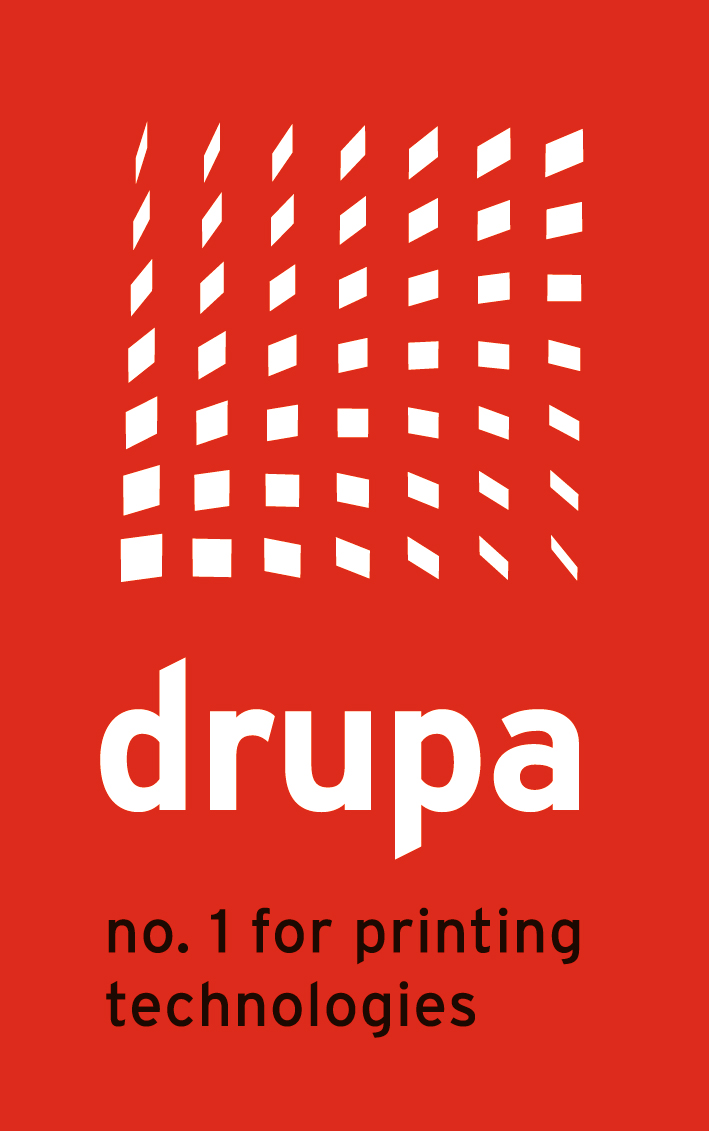
 European Union
European Union
 Party and government
Party and government

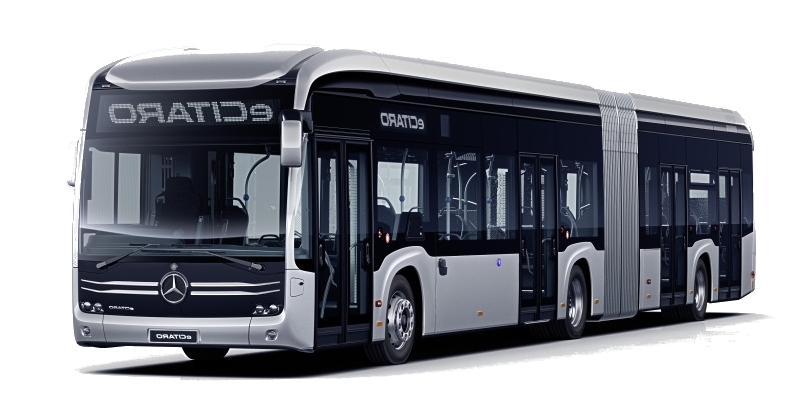
 Automobile
Automobile
 Transport and traffic
Transport and traffic
 Architecture
Architecture
 Religion
Religion
 Exhibition
Exhibition
 Art
Art
 International cities
International cities
 Geography
Geography